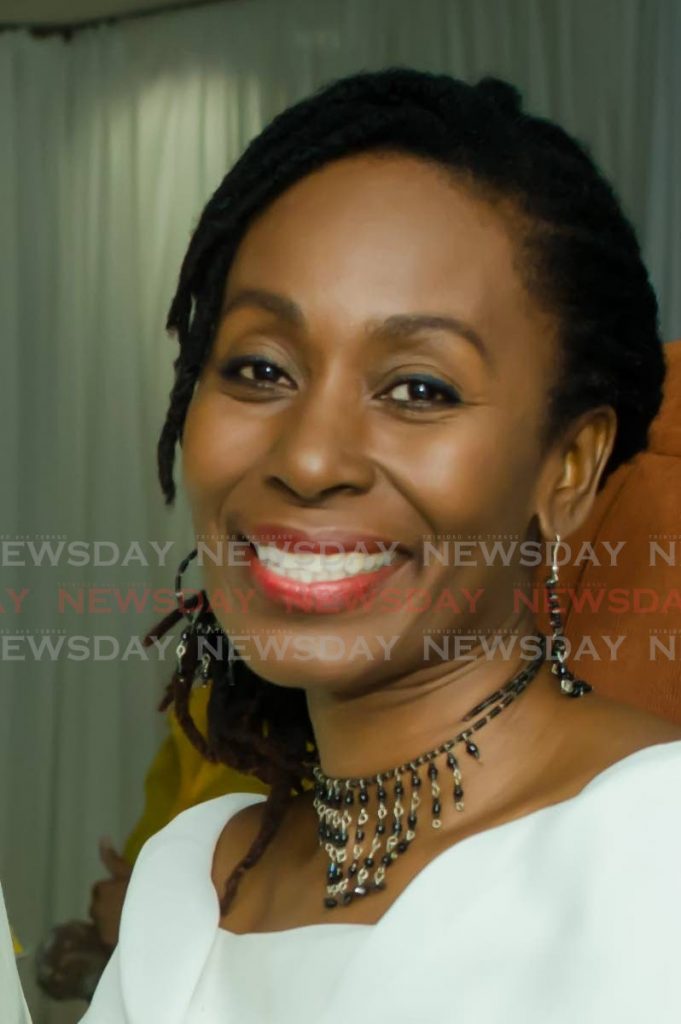Tuning in to the power of radio

Culture Matters
DARA E HEALY
IT SEEMS like a lifetime ago, the photos we would see of families gathered around the radio in Western countries. It was called “the box in the corner of the sitting room,” the only option for home entertainment. In TT, the first radios were Rediffusion, which were mounted on the wall. These were rented and during the war years played programmes broadcast by the Americans when they controlled the base in Chaguaramas.
The retirement of veteran radio broadcaster Chris Boynes after 43 years, sent me on a journey about radio. Growing up, radio was all about the music and, more importantly, the DJ who could play the best music. Not just play, but mix the songs, create a mood and bring you out of it just as skilfully. Radio often allowed the best DJs to transition to playing in live fetes, based solely on their reputation on the airwaves.
Radio would also be the first place to hear new music and the place where “personalities” emerged. Radio personalities first emerged in the 1920s in countries like the United States, where the development of radio was more advanced than here at home. At first, these were performers of opera or “accomplished” jazz, as it was felt that this was more appropriate.
Locally, some of our personalities go as far back as the 1940s. Perhaps the most famous is Kathleen Warner, who was known as Aunty Kay. She hosted a children’s talent show every Sunday on radio from 1942-1985. At one stage Aunty Kay was so embedded in our culture that her name became synonymous with talent competitions.
There was Holly Betaudier who eventually transitioned to television. Later, we would hear names such as Barbara Assoon, Sharon Pitt, Dennis McComie, Hans Hanoomansingh and Enid Maharaj, who it is said came up with the name chutney to describe the unique form of Indian music created in TT.
I imagine that in the early days of radio, the colonial rulers also had clear objectives for this relatively new and exciting form of media. In 1932, the BBC launched its Empire Service and “listeners in the Caribbean equipped with short-wave receivers would have been able to hear British radio programmes.”
As WWII dragged on, more people from the Caribbean left the region to enlist as soldiers for the British Empire or to offer their services in the various medical professions. The BBC created a programme to allow Caribbean people living in the UK to send messages to their families at home and, of course, provide updates on the war.
In the US, radio served as an equalising force, at least in the early stages of its development. Originally begun as an experiment between amateur radio enthusiasts, radio eventually allowed people in rural communities to listen to entertainment which they normally would not be able to access. It was the same here, as the value of community radio was recognised and stations began to develop programming that addressed community needs.
As a medium, radio was also very attractive to artists. “Radio's popularity allowed performers to sing for tens of thousands of listeners.”
Eventually, in the US the law recognised that there was an obligation to offer remuneration to the artists. It was argued that “radio companies were illegally performing music and failing to pay composers and publishers the appropriate royalties.” Financially, this shift in position was important, forming an even greater synergy between the artist and the potential of radio.
In remembering Chris Boynes on radio, I thought of the ability of personalities to shape the conversation of a nation. Although he played popular international music, he was an advocate for local content. I believe he understood the empowering effect of pan, soca, chutney and calypso on our airwaves. I wonder if he wishes more had been done to protect our music and our artists.
Radio is more than just music; it helped popularise the music of the first calypsonians and is still essential for sharing local content. In the midst of a pandemic, we are seeing the resurgence of another purpose for radio – companionship. Globally, the data supports the steady popularity of radio, even in the face of all the digital content available.
Auntie Kay and others used the power of imagination to relate to listeners. But like Boynes, those first radio personalities also believed in the power of our stories. Radio is no longer the box in the siting room; rather, it is our untapped resource for national transformation. We should turn it on.
Dara E Healy is a performance artist and founder of the Indigenous Creative Arts Network – ICAN


Comments
"Tuning in to the power of radio"